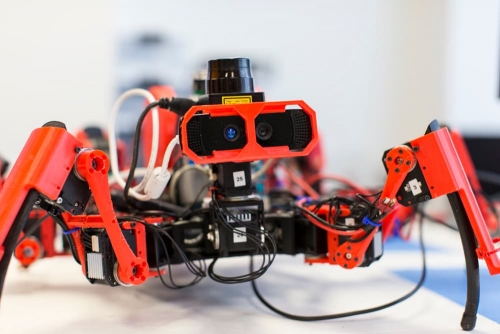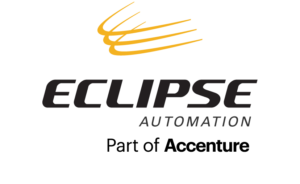 3D printing and robotics are becoming more common in the workplace, enabling factories to raise efficiency by using new technology techniques. A research team at the Siemens Robotic Lab in Princeton, New Jersey has created SiSpis (Siemens Spiders), a 3D printing robot that uses a combination of robotic teamwork to build large structures for a wide range of industries.
3D printing and robotics are becoming more common in the workplace, enabling factories to raise efficiency by using new technology techniques. A research team at the Siemens Robotic Lab in Princeton, New Jersey has created SiSpis (Siemens Spiders), a 3D printing robot that uses a combination of robotic teamwork to build large structures for a wide range of industries.
The team originally set out in 2014 to develop a platform for manufacturing machines that can separately evaluate a task, then work together to divide the workload equally between each other. This is exactly what they achieved through the use of the SiSpis’ algorithm, which allows for two or more robots to split work and collaborate together to achieve a common goal.
The SiSpis is essentially a 3D printer with legs, allowing it to build structures on the move. It operates through an onboard camera and laser scanner allowing it to observe surroundings and avoid obstacles. The robots split the work area into a grid and each robot assigns itself to specific area to ensure the entire workspace is covered and completed.
Battery life for these robots is approximately two hours, at which time the robot will realize it is getting low on battery and use its remaining energy to make its way to the charging station. However, before it abandons its post to charge, the SiSpis will transmit its active location to another fully charged robot, so work will continue uninterrupted.
Presently these prototypes do not print with the durable plastic material that 3D printers typically produce; instead they use a mixture of cornstarch and sugarcane to build. In the future, the team at Siemens plans to switch to the normal 3D printing material in order to build strong reliable structures which will last an extended period of time.
Advanced technology is regularly seen at Eclipse Automation. Large scale customized projects include the use of the latest in mechanical, electrical & control design software, along with CNC & conventional machining, such as 3D printing. From machine vision to multiple robotic assembly systems, Eclipse offers a wide range of solutions to increase the productivity and quality of your projects.
Source: Gizmag
